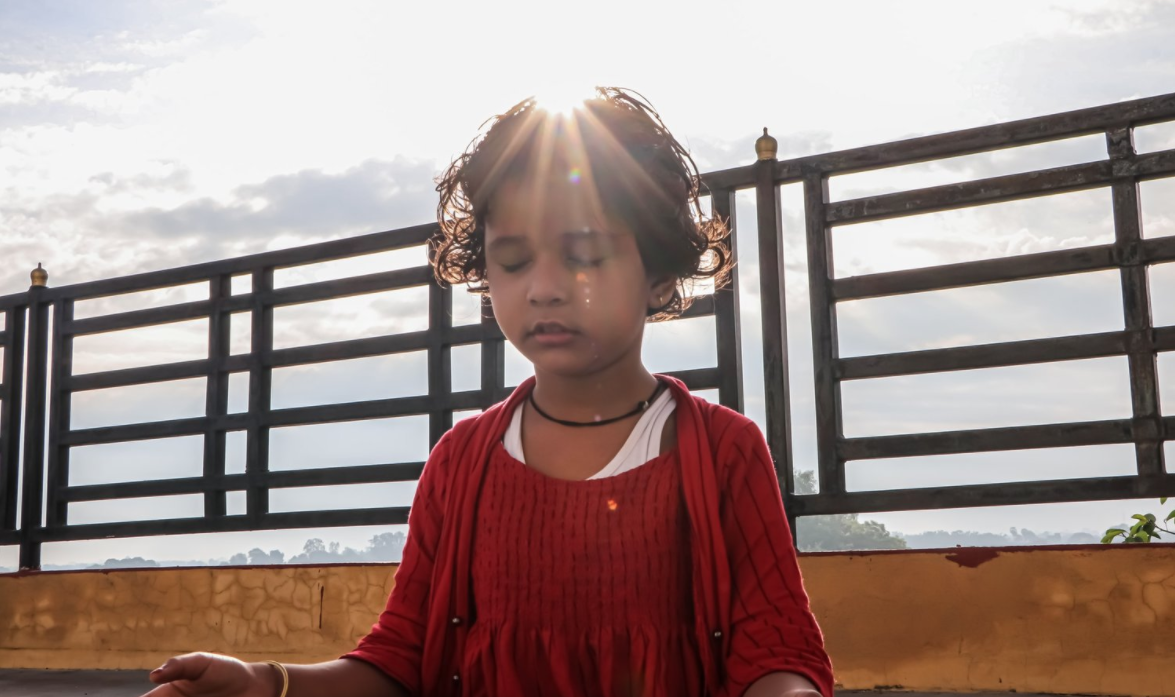A simple meditation guide for your classroom
As an educator, why do I practice and teach yoga? Yoga makes me feel strong, confident, and calm. Yoga helps me let go of stress and give priority to health, happiness, love, and freedom in my life. Yoga helps me balance my life as a business owner, teacher, student, active girl, and family member.
One of the most essential components of yoga is meditation. Meditation as related to yoga means to relax the body and mind, to recharge the body and mind, and to show appreciation for the body and mind. Meditation is a gift you can give your students to help them relax, recharge, and appreciate themselves. It is also important to note that meditation can just be a couple of minutes out of the day - it is something you can always make time for with ease.
How do you get started with mediation? Here is a simple guide to help you bring meditation into your classroom for your students.
What you need for meditation in the classroom:
A meditation guide (teacher)
Space on the floor for all students to lay down comfortably
(Optional) Pillows and mats
Meditative music of your choice for a set amount of time (one minute or longer - I use Spotify on my phone)
Simple meditation instructions:
Find a comfortable place on the floor to lay down on your back. If accessible, you may use a pillow for your head or a mat to lay on. Close your eyes and calm your body. Lay your arms long by your sides and lay your legs long on the floor.
Once your body is calm and still, keep your eyes closed and practice slow and steady breathing. Breathe in for a count of four and out for a count of four. Practice this breathing several times.
Return to your normal breath, keep your eyes closed, and listen to meditative music while you lay still. It is okay if thoughts run through your mind. Accept those thoughts and continue to relax your mind and body. Stay in meditation until the music stops. Beginners should meditate for just one minute. Each time you meditate, try adding another 15 seconds to your practice.
Once the music stops, awaken your body slowly by wiggling your finger and your toes. Blink your eyes open. Stretch your arms and your legs. Roll onto your side and slowly push yourself up to a seat. You may take the time to share any thoughts or feelings that came up with your classmates, or keep those thoughts and feelings to yourself.
Below is an audio example of a one-minute meditation practice. You may play this for your students or use it as a guide for your own meditation practice.
Yoga is learning to feel comfortable with being uncomfortable. Yoga is strengthening both body and mind. Yoga is learning how to connect with oneself. Yoga is breathing through anything in life so that nothing can stand in your way.
